Leaf love
The girls and I went for a walk (in their case, a run) last week looking for leaves to sketch for our inaugural leaf study. As with most topics in nature study, this only defined the beginning of a long list of things we’d like to learn. High on my personal list is learning to distinguish among the different species of maple and oak leaves, where I’ve only begun to scratch the surface. But using some of the ideas suggested in Barb’s Outdoor Hour Challenge Newsletter helped us to narrow down to an excellent starting point using the journal page templates and suggestions she provides.
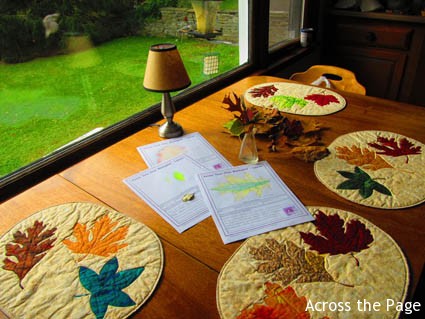
Older Daughter and I sketched our red oak leaves, while Younger Daughter did a rubbing of her quaking aspen leaf (or as Older Daughter initially called it, her “Quaker Oat” leaf.) We followed Barb’s suggestions in measuring the leaves and labeling the different parts: midrib, petiole, vein, and blade. And we did some initial investigation distinguishing white oak, with its rounded lobes, from red oak, with its more pointed ones.
The big excitement (or dismay) was the discovery of an egg on our largest red oak leaf.
After poking about online, we surmised from this site that the most likely possibility, given the time of year and the fact that the egg is laid singly and is smooth, is that it belongs to a leaf skeletonizer — not nearly as harmful as some pests, but still not something we wanted to keep and observe in the tradition of our monarch study of last month. We took it back and left it where we found it.
We saw a few other neat things on our walk, including white-throated sparrows. I’ve heard them many times; their high, sweet, meditative song is a sound I associate with the Adirondacks on our summer visits there. These ones were on their way south, and I was startled to see how large (5-6 inches) and plump they are. They’re beautifully marked and colored, but extremely canny about staying hidden. This is the best picture I got.
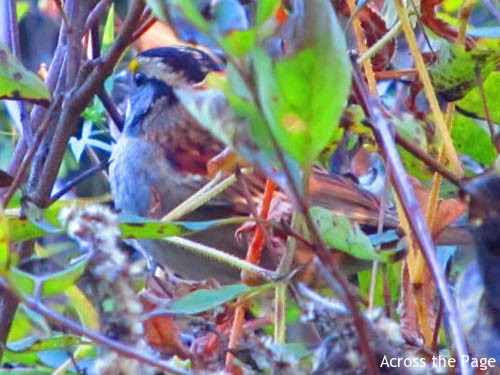
We also enjoyed seeing milkweed, which we got acquainted with last month, bursting open all around. Younger Daughter assisted it in propogating by tossing handfuls of seeds in all directions.
The woods are full of noise: falling leaves, crunchings and rustlings of birds in the bushes and squirrels just out of sight, our own occasional chatter. But there is something so wonderful about a sunny fall day. I thought of William Brighty Rands’ “Great Wide Beautiful Wonderful World,” particularly the second stanza:
Great, wide, beautiful, wonderful world,
With the wonderful water round you curled,
And the wonderful grass upon your breast —
World, you are beautifully drest.The wonderful air is over me,
And the wonderful wind is shaking the tree,
It walks on the water, and whirls the mills,
And talks to itself on the tops of the hills.You friendly Earth! how far do you go,
With the wheat-fields that nod and the rivers that flow,
With cities and gardens, and cliffs and isles,
And people upon you for thousands of miles?Ah, you are so great and I am so small,
I tremble to think of you, World, at all;
And yet, when I said my prayers today,
A whisper inside me seemed to say,“You are more than the Earth, though you are such a dot:
You can love and think, and the Earth cannot!”
Younger Daughter loves that poem, and she pored over it for a good while after we got home. I think we’ll memorize it — although the version I have has a slightly different variation in the closing stanza. Instead of a whisper within, it’s the child’s mother who supplies the observation about the distinctiveness of humans. We actually found a number of other lovely autumn poems in the precious Time for Poetry book my mother passed on to me a few years ago. I may share some of those at a later date.
I find that focusing on nature study enriches and gives the language for deep-seated pleasures that have been there for a long time. For instance, I’m sure someone told me when I was young why leaves change color. But I never paid attention.

The days shorten. The year’s growth is (mostly) completed. The tree, lacking light, slows and stops its photosynthesis. Chlorophyll disappears — and the other pigments there in the leaves all the time suddenly get their chance to come forth.

How poetic is that? How perfect a picture of human character when the pressure starts to come? We have our routines, but the real color comes up when business as usual is disrupted; there may be hidden potential we never learn of until the status quo is interrupted. It also invites me to think about “dying to self” — letting go of those natural gifts or self-sufficiencies we depend on, and allowing God to draw other things to the surface, and to supply his own brilliant color and beauty.
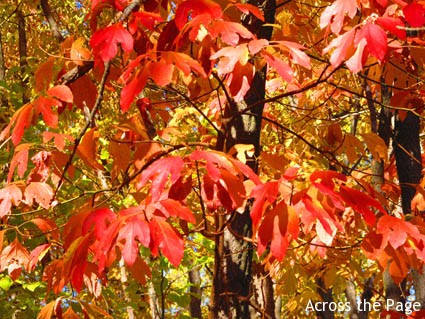
I’m linking this up to the Outdoor Hour Challenge, which will be posted on the last day of the month. It’s a great place to visit for ideas, inspiration, and plain delight.


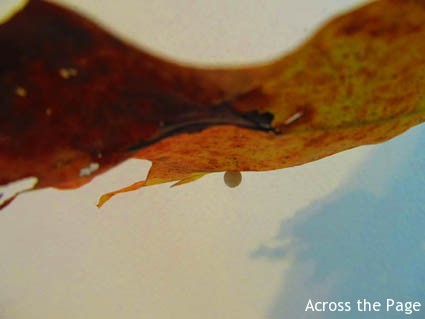



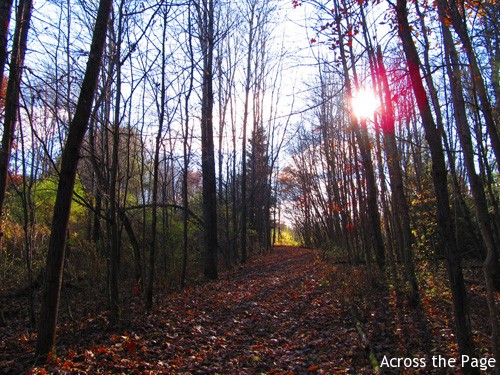
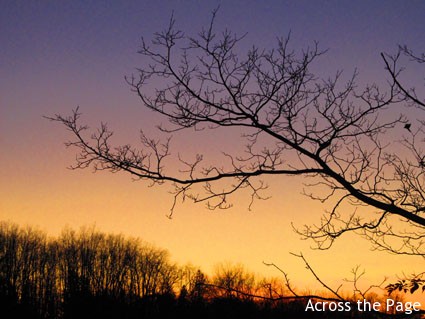

9 Comments
Amy @ Hope Is the Word
As always, you’ve infused your study with poetry (this time literally, as well!). Beautiful! I have a poetry appreciating younger dd who will enjoy the poem. Thanks fir sharing it. I’ve heard it, I think, but not in a long time.
Barbara H.
I’ve never heard that poem — it’s lovely! I don’t think I have ever seen a milkweed either.
Carrie, Reading to Know
Leaf Love indeed! Beautiful!
I’m not much into poetry but I do tend to really enjoy verses about nature. This one was very…calm and relaxing!
Barb-Harmony Art Mom
Wonderful intertwining of nature study, poetry, and reflection….perfect. I very much agree with your thoughts about feeling a connection with things when we slow down and really look and listen. I enjoyed seeing your visiting sparrow too. Thank you so much for joining the OHC carnival and sharing your nature study.
Ellen
What a beautiful poem. When I first began reading it, I thought oh, an environmental bent (certainly we should take care of the Earth that God has placed us in!) and yet, as I continued to read, I agree…we are more precious to Him, the crown in his creation. Very humbling.
Kristin
Wow, what beautiful photos. I envy you for all your trees! I’m in the desert, and we don’t have those. :) Thanks for sharing.
Zonnah
What you said, ” I’m sure someone told me when I was young why leaves change color. But I never paid attention.” Is so absolutely true. Doing nature study with my son has increased my knowledge so much. Being out there and seeing it, instead of from a book, makes such a difference.
Julie
WoW! What breathtaking pictures. How ever did you get such a wonderful picture of the sparrow? Mine keep moving before I can get a good one. I love that your girls ran ahead. Very nice!
Monica
My girls are always running in the house for me to go look at ‘eggs on a leaf’ or two! Oh the joys of homeschooling.